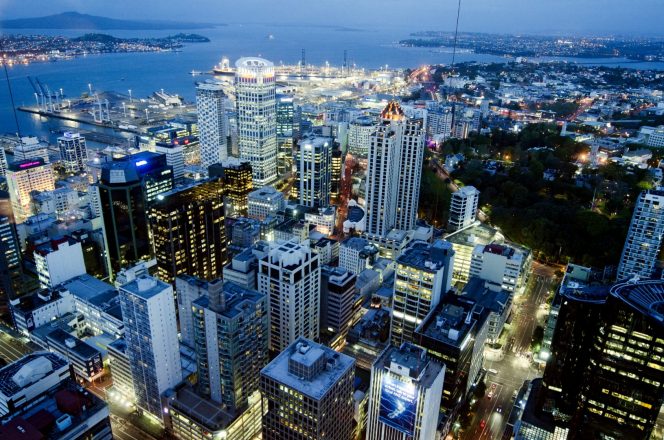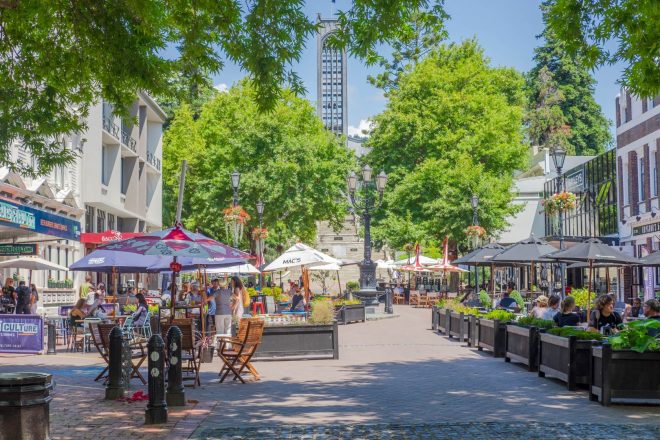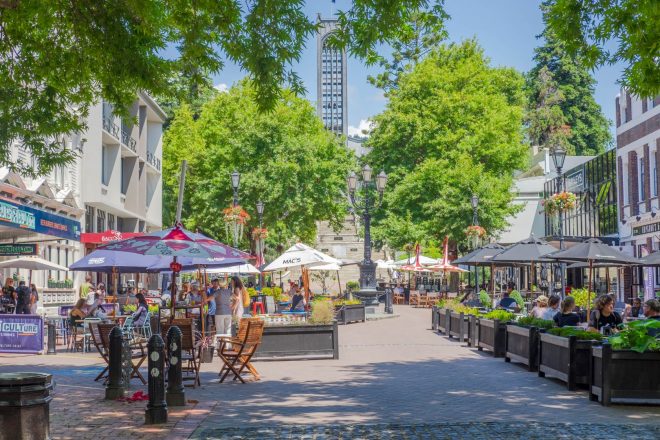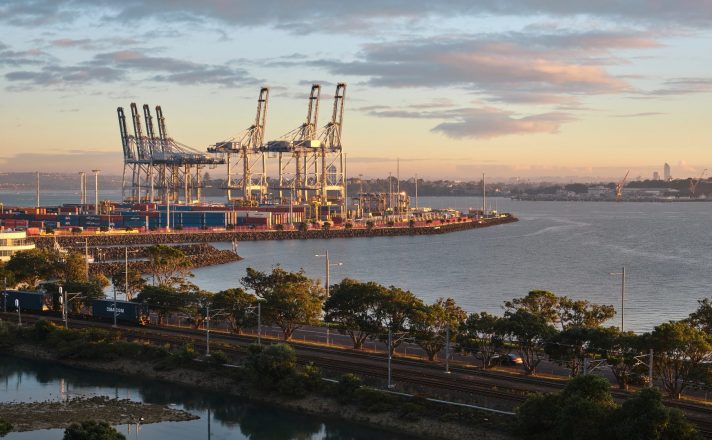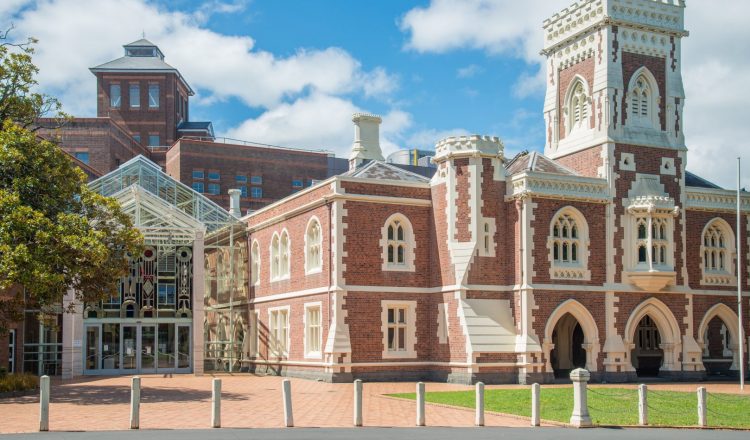Khi nào cần sự đồng ý của OIO
“ Người ở nước ngoài” là gì?
Trọng tâm của chế độ đồng ý là định nghĩa của “người nước ngoài”. Định nghĩa mở rộng đến:
(a) Người không phải là công dân New Zealand hoặc thường nhân cư trú tại New Zealand;
(b) Một công ty cơ thể được thành lập bên ngoài New Zealand;
(c) Một công ty chính thể (bao gồm một công ty ở New Zealand) là “công ty con 25% trở lên” của một công ty cơ quan được thành lập bên ngoài New Zealand;
(d) Một công ty cơ quan nơi một người nước ngoài có hoặc người nước ngoài có:
- 25% hoặc nhiều hơn một loại chứng khoán;
- Quyền kiểm soát thành phần từ 25% trở lên của cơ quan quản lý; hoặc
- Quyền kiểm soát việc thực hiện từ 25% trở lên quyền bỏ phiếu tại một cuộc họp; và
(e) Quan hệ đối tác, liên doanh chưa hợp nhất, các cơ quan chưa hợp nhất khác, quỹ tín thác và đơn vị ủy thác, nơi vượt quá quyền sở hữu hoặc ngưỡng kiểm soát có liên quan ở nước ngoài.
“ Vùng đất nhạy cảm” là gì?
“Đất nhạy cảm” bao gồm lãi suất giữ lại tự do hoặc lãi suất cho thuê trên ba năm đối với đất thuộc các loại sau:
(a) Các khu đất ngoài đô thị lớn hơn 5 ha;
(b) Đất liền trên một số hòn đảo cụ thể;
(c) Các thửa đất khác được phân loại là “nhạy cảm” do bao gồm hoặc gần các tuyến đường thủy, công viên, khu bảo tồn hoặc các khu vực có ý nghĩa lịch sử; hoặc
(d) Đất ở, là tài sản được phân loại là “thổ cư” hoặc “lối sống”.
Nói chung, những người ở nước ngoài không phải là “cư dân bình thường” ở New Zealand (và có thị thực cư trú cần thiết để làm như vậy) sẽ yêu cầu sự đồng ý của OIO trước khi họ có thể có được đất ở. Các nhà đầu tư hoặc nhà phát triển là người nước ngoài có thể được đồng ý mua đất ở, nơi họ sẽ tăng nguồn cung nhà ở (tức là bằng cách xây dựng nhà ở) và cam kết bán bất động sản sau khi đầu tư xong.
Các nhà đầu tư Úc và Singapore thường cư trú tại New Zealand và sẽ không cần sự đồng ý của OIO để mua đất ở không nhạy cảm.
Đầu tư vật chất vào một doanh nghiệp sở hữu hoặc thuê đất nhạy cảm thường sẽ cấu thành việc mua lại “đất nhạy cảm” cho các mục đích của Đạo luật đầu tư ra nước ngoài.
“ Tài sản kinh doanh quan trọng” là gì?
Việc mua lại “tài sản kinh doanh đáng kể” bao gồm:
(a) Mua lại 25% cổ phần trở lên (hoặc tăng 25% cổ phần hiện có trở lên) trong một doanh nghiệp mà việc xem xét chi trả cho phần đầu tư ở New Zealand vượt quá 100 triệu NZ $;
(b) mua lại 25% cổ phần trở lên (hoặc tăng 25% cổ phần hiện có trở lên) trong một doanh nghiệp mà giá trị tài sản của doanh nghiệp ở New Zealand vượt quá 100 triệu đô la New Zealand;
(c) Mua bất kỳ tài sản nào ở New Zealand (bao gồm lợi thế thương mại và các tài sản vô hình khác) với giá hơn 100 triệu NZ $; hoặc
(d) Thành lập một doanh nghiệp tại New Zealand nơi chi phí phát sinh vượt quá 100 triệu NZ$100.
Ngưỡng 100 triệu NZ $ được tăng lên 536 triệu NZ $ trong một số trường hợp nhất định đối với các nhà đầu tư phi chính phủ Úc và 200 triệu NZ $ đối với một số quốc gia nhất định có hiệp định thương mại với New Zealand (bao gồm các quốc gia là thành viên của Hiệp định Toàn diện và Tiến bộ về Xuyên Đối tác Thái Bình Dương).
Cộng sự
Các khoản đầu tư của “cộng sự” của một người ở nước ngoài cũng bị thu giữ. Khái niệm liên kết bao gồm các tình huống kiểm soát, đại diện, hành động chung hoặc phối hợp và tham gia vào một khoản đầu tư ở nước ngoài là kết quả của “bất kỳ sự sắp xếp hoặc hiểu biết nào”.

















































